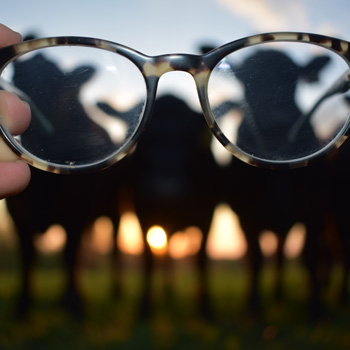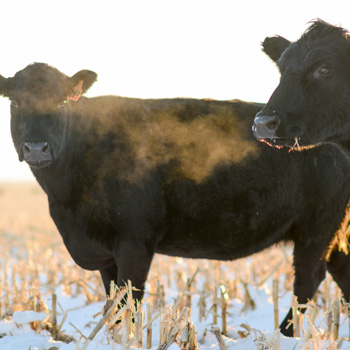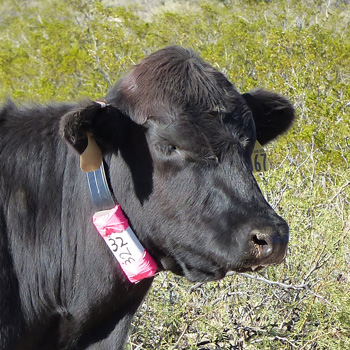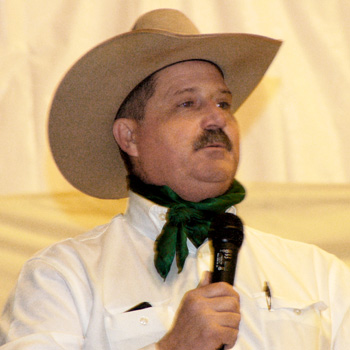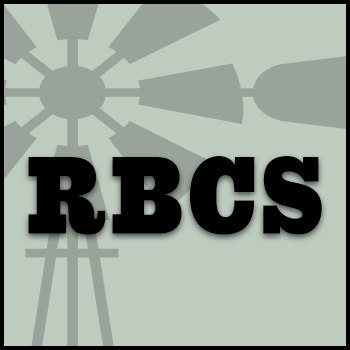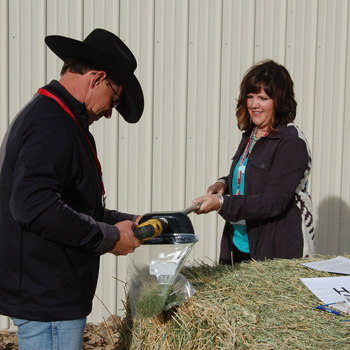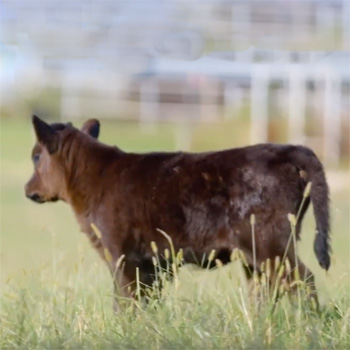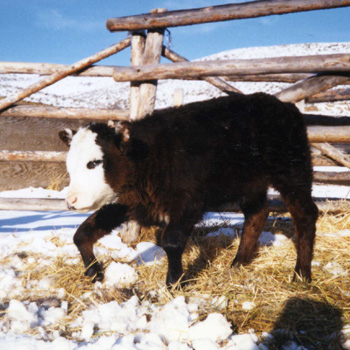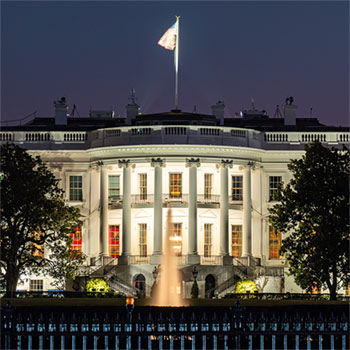Rangeability Research
Research shows there are genetic aspects of beef cattle rangeability.
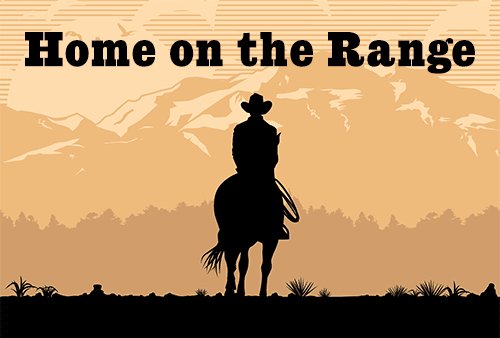
Some cattle do better on rangeland than others — traveling farther, climbing higher, grazing more of the landscape. Research indicates there’s a genetic component in rangeability; some cattle are simply more ambitious. Cattle can be trained to use higher country but there is also an innate tendency in some that makes it easier for them to utilize steeper slopes and farther corners.
Milt Thomas, professor of breeding and genetics at Colorado State University, is looking at the genetics involved in this trait that affect grazing distribution. It’s hard to measure, but GPS technology has helped. Cattle can be tracked to see where they graze, he says.
It’s a challenge defining the phenotype.
“From a genetic standpoint, as with most difficult-to-measure traits, it’s different than things like milk production in dairy cows,” Thomas says. “We also have to consider difference in topography of each ranch/range, different breeds, crossbreds versus purebreds, etc. On some ranches we are monitoring lactating cows with small calves. At other ranches we are working with dry cows and they may walk farther.”
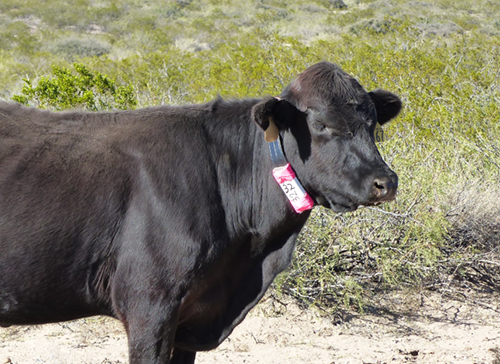 |
Technology like GPS and cattle pedometers help tracks which cattle go farther to graze. |
Yearling heifers may travel even farther because they are curious and exploratory. Generally they use production-age cows in the prime of life — between 4 and 8 years of age.
Researchers are using tools enabling them to genotype either 50,000 or 800,000 genotypes per animal.
“We’re seeing a lot of hits on chromosomes in regions that harbor genes involved in locomotion, feed efficiency, metabolism, etc. Many of these things are interrelated. There’s not just one single gene; it’s whole-animal physiology that drives a cow to be what we call a hill-topper versus a bottom-dweller,” Thomas says.
This research is a good start on what may eventually be a useful tool for stockmen to select for range cattle. He says that when asked in surveys if they would pay more money for a bull with positive breeding values for grazing distribution, western ranchers overwhelmingly answered yes.
“The challenge in beef production is that even though things like weaning weight, yearling weight, carcass traits, etc., are easy to measure, many important things we need to select for are impossible to measure right now. Grazing distribution is one of those,” says Thomas.
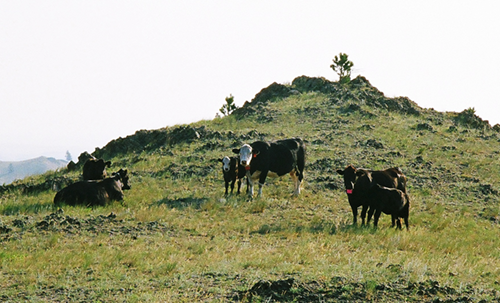
|
A person can talk about reducing input costs, but if cattle don’t willingly go out and work, it’s hard to extend the grazing season when conditions get tougher in late fall or winter. |
Range cattle with desirable traits for ambitious grazing will be more profitable because their calves will have better weaning weight. You’ll have more to sell and more long-term profitability if range cows can bring home bigger calves and breed back readily because they stay in better body condition. They can travel to where the feed is instead of hanging around in the bottoms or around water sources where forage has already been grazed.
The “lazy” cows are also the ones that tend to wait for the feed truck in winter, rather than ambitiously grazing a winter pasture. A person can talk about reducing input costs, but if cattle don’t willingly go out and work, it’s hard to extend the grazing season when conditions get tougher in late fall or winter.
“In our current project we’re trying to get breeding values so we can be able to say that these animals are probably the ones you’d choose for rangeland operations, but my gut feeling right now is that we’ll need a lot more data. However, we do know the genetic effect is real, and we should work hard to develop a good genetic program,” Thomas concludes. “The door is open; we just don’t know exactly where we’ll be going to reach the goal. You have to start somewhere, and we’ve taken some first steps.”
Editor’s note: Heather Smith Thomas is a cattlewoman and freelance writer from Salmon, Idaho. Photos by Derek Bailey.
